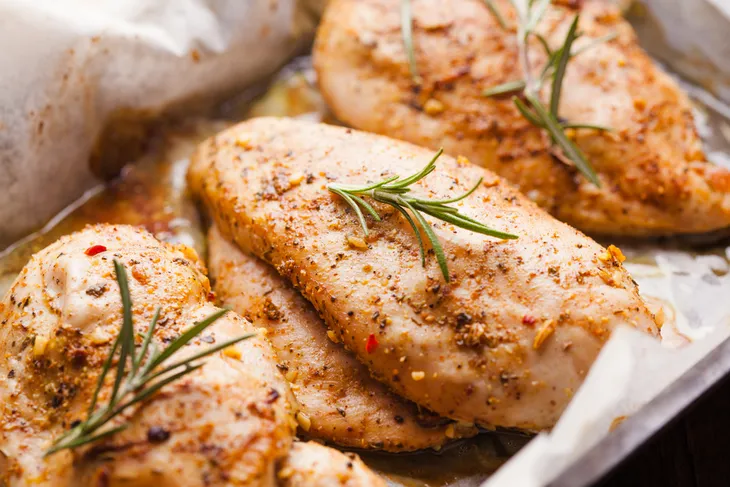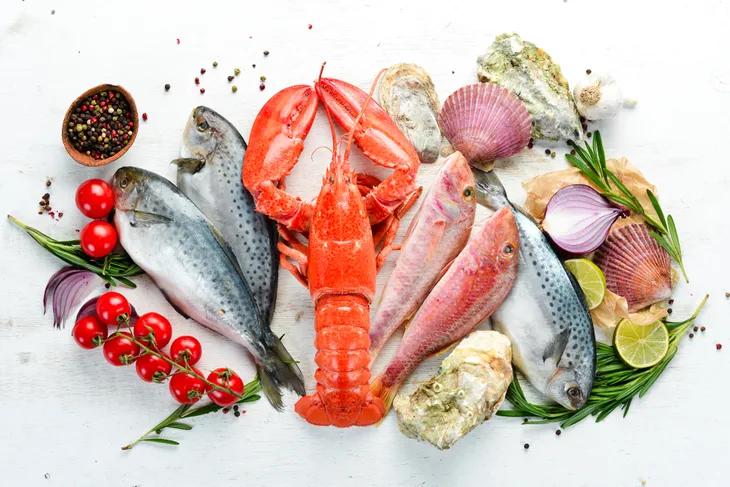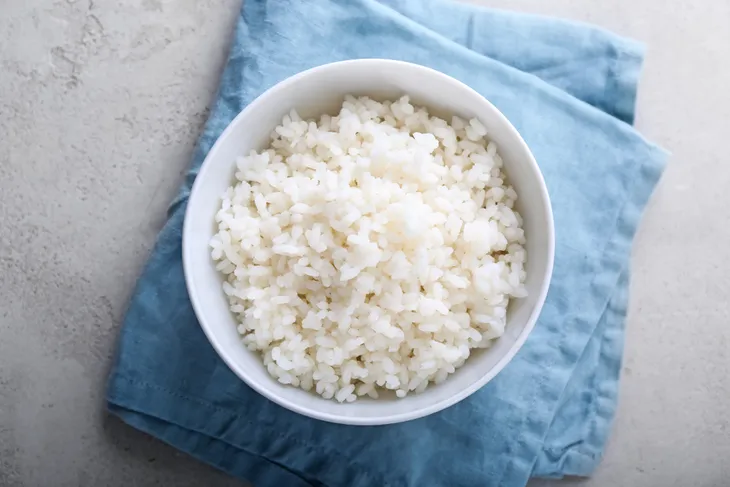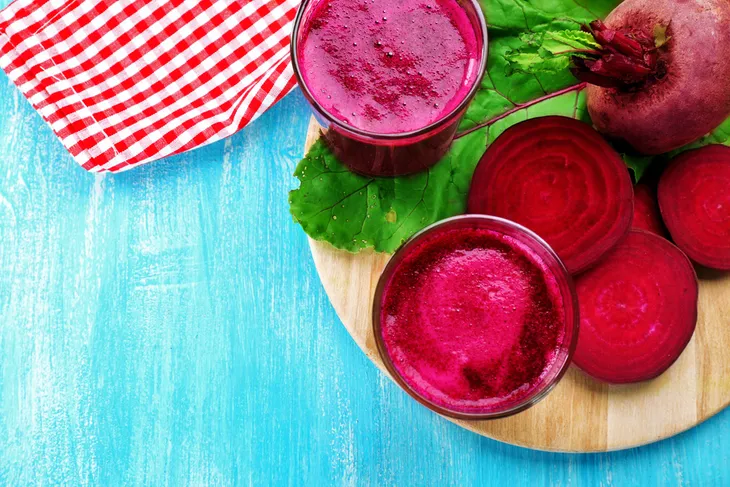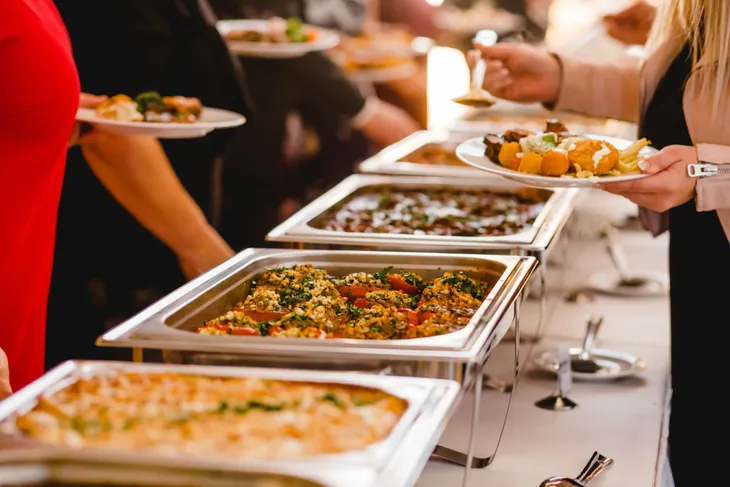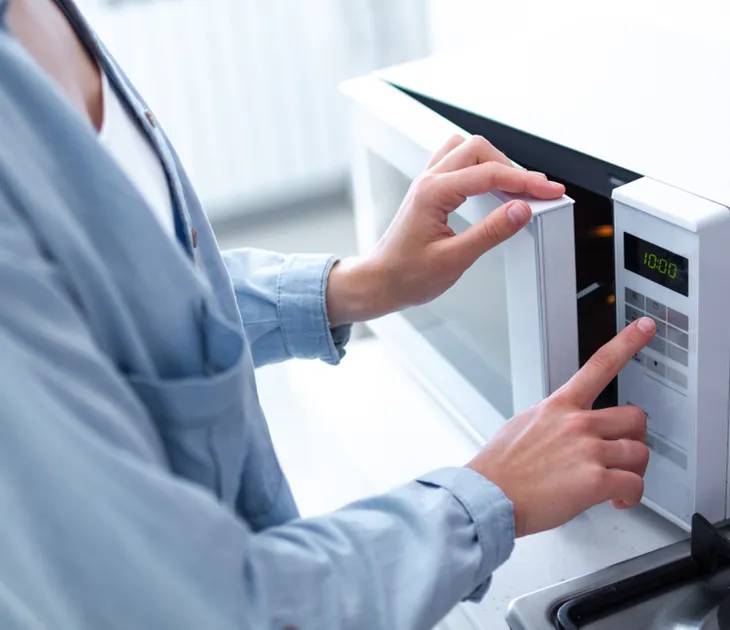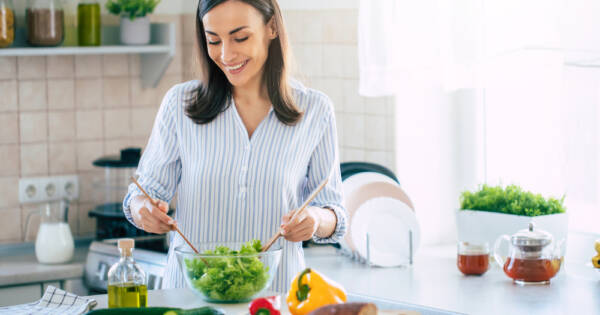- Although microwaves have been a staple in American kitchens for over 40 years, it’s important to use them properly, especially when reheating leftovers.
- Some foods shouldn’t be reheated in the microwave because certain dishes can pose a risk of food poisoning.
- When in doubt, it’s always better to err on the side of caution and discard any leftovers that may pose a risk.
Microwaves may be one of the best inventions ever. They’re great for quickly reheating leftovers for a quick office lunch, or satisfying dinner. While the ease of reheating last night’s dinner in the microwave is appealing, it’s important to be aware that certain dishes can pose a risk of food poisoning or other health hazards.
Microwaves have been a staple in American kitchens for over 40 years and are often used regularly but it’s important to use them properly, especially when reheating leftovers. Here are 11 foods you should really avoid reheating in the microwave!
Hard-Boiled Eggs
To destroy germs and reduce the risk of illness, Healthline says leftover eggs should be thoroughly reheated to 165-degrees Fahrenheit before eating. But that’s assuming the egg was properly cooked before being stored. Raw eggs should be fully cooked until they’re no longer runny to reduce the risk of bacteria, such as Salmonella. Properly storing them in the fridge after cooking is important too.
So you might be wondering, if you can reheat eggs, why are they on this list? The Healthy points out that the one egg you definitely don’t want to reheat is hard-boiled eggs. The source explains that when a hard-boiled egg (shelled or unshelled) cooks in the microwave, the moisture inside creates a lot of steam buildup. Essentially, the egg acts like a miniature pressure cooker that can explode. The source also notes that the egg might not even explode in the microwave but after it’s been heated, in your hand, or on the plate. If you must reheat a hard-boiled egg, just be sure to cut it into small pieces before reheating.
 Shutterstock/Brent Hofacker
Shutterstock/Brent HofackerMushrooms
If you have to reheat mushrooms, you must be sure that they were stored properly after cooking. If not, reheating them might make you feel very ill. This is because mushrooms “contain proteins that can be damaged by enzymes and bacteria if not stored properly,” explains Insider.
If the mushrooms weren’t stored properly and are deteriorated, reheating and consuming them can give you a stomach ache. Plus, we all know freshly cooked mushrooms taste best. You’re better off tossing the leftovers but if you must save them for later, be sure to store them properly and ensure they’re reheated to at least 158-degrees Fahrenheit.
Potatoes
You might want to think twice about reheating potatoes. But the reason may not be what you think. Reheating potatoes isn’t a problem per se, but you may run into problems depending on how they are stored after being cooked.
Potatoes that are left to cool at room temperature and then left unrefrigerated are at risk of Clostridium botulinum growth. Exposure to this bacteria can result in a serious illness called botulism, which attacks the body’s nerves. Symptoms of botulism include difficulty breathing and muscle paralysis. In some cases, it can even be fatal. If the leftover potatoes weren’t refrigerated immediately after cooking, don’t risk it and toss them instead!
Breast Milk
Many mothers freeze their breast milk to use later, which is a great option to ensure they have milk readily available for their babies. But parents shouldn’t reheat breast milk in the microwave for a few reasons.
For starters, the microwave can heat the milk unevenly, creating hot spots in the bottle, which can burn your baby’s throat and mouth. Instead, the Centers for Disease Control and Prevention (CDC) recommends warming or thawing breast milk by placing the concealed container (whether the milk is in a bag or bottle) into a bowl of warm water or holding it under warm (but not hot!) running water for a few minutes. You should always test the temperature on your hand or wrist before feeding it to your baby.
You should also never reheat leftover breast milk. The CDC says if your baby doesn’t finish the bottle within 2-hours of feeding then the leftovers should be thrown out. This is because the bottle becomes contaminated with saliva and is a breeding ground for bacteria.
Processed Meat
Processed meats are chock full of preservatives and chemicals that play an integral in extending their shelf life. And while it’s no secret that processed meats aren’t good for you, The Healthy says microwaving processed meat may cause chemical changes that are even worse for your health.
The source says some research suggests reheating processed meat may contribute to the formation of cholesterol oxidation products (COPs). This is a concern because COPs have been linked to coronary heart disease.
Chicken
You can technically reheat chicken in the microwave but there are a few things you need to keep in mind if you want to avoid getting sick. Insider says if you’re going to reheat chicken in the microwave, you want to ensure that every part of the chicken has reached a temperature of at least 175-degrees Fahrenheit. This ensures all dangerous bacteria are destroyed.
The best way to check the temperature of chicken is to use a cooking thermometer. The source also says it’s vital to keep all leftover cooked chicken below 42-degrees Fahrenheit at all times if you plan to reheat it. And finally, if your leftover chicken has been sitting in the fridge for more than three days, it’s time to toss it!
Seafood
If you’re not careful, leftover seafood can be a breeding ground for bacteria, especially if it’s left at room temperature for any amount of time. The trouble with using the microwave to reheat your seafood is that it may not destroy all the bacteria.
Additionally, reheating some types of fish in the microwave can dry it out, making it taste tough or rubbery. It may also develop an unpleasant smell because of the way the fatty oils break down in the microwave. Let’s be honest, the best way to enjoy seafood is by eating it fresh but if you must take leftovers, you’re better off reheating it in the oven so your food reheats evenly.
Rice
How many times have you cooked way too much rice? Gauging how much rice to cook is a tricky task but if you are left with tons of leftovers you’ll want to be mindful of reheating them. This is because microwaving leftover rice can sometimes lead to food poisoning.
The National Health Service (NHS) explains that it’s not the reheating that causes problems, but the way the rice was stored before being reheated. The source explains that uncooked rice can contain spores of Bacillus cereus, which is a bacteria that can cause food poisoning. The spores can survive even when cooked and letting the rice sit at room temperature can cause the spores to grow into bacteria. If you’re not sure whether the rice was stored properly, then you should toss it. If you think it’s okay to reheat, make sure it’s steaming hot all the way through, and never reheat rice more than once.
Hot Peppers
If your leftovers have hot peppers in them, you’ll want to err on the side of caution. This is because reheating hot peppers in the microwave can cause the release of capsaicin, the chemical responsible for their spicy taste, into the air. This airborne chemical can potentially irritate your throat and eyes, leading to discomfort.
According to The Healthy, there was one incident where an entire apartment building in Rochester, New York was forced to evacuate after a microwaved pepper caused them to cough and experience difficulty breathing. It’s best to take precautions when microwaving hot peppers and consider using alternative cooking methods. If you do choose to microwave hot peppers, it’s important to monitor them closely and remove them from the microwave as soon as they are heated. Ventilating the room is also a good idea.
Beets
Beets are rich in nitrates, which our body converts to nitric oxide, which WebMD says has been shown to have several benefits, such as regulating blood pressure and improving circulation. However, The Healthy says when beets are blasted in the microwave, the naturally occurring nitrates may convert to nitrosamines, which can be carcinogenic.
Additionally, reheating beets in the microwave can cause them to become soft and slightly mushy. You can enjoy cooked leftover beets cold and add them to a smoothie or salad, or if you must reheat them, it’s better to reheat them in a conventional oven.
Buffet Leftovers
The U.S. Food and Drug Administration (FDA) warns that leaving buffet dishes at room temperature for several hours creates a breeding ground for harmful microorganisms.
Non-refrigerated food provides a suitable environment for bacteria to proliferate rapidly. While professional catering companies and restaurants follow stringent food safety protocols to prevent food-borne illnesses, buffets at informal gatherings or office parties may not be subject to the same rigorous control. As a result, bacteria on buffet food may already have reached unsafe levels, and reheating the food may not fully eliminate the germs.
If you’re planning a buffet-style party, it’s crucial to adhere to certain guidelines. Never add fresh food to a serving dish that already contains food, and discard any perishable items that have been sitting out at room temperature for more than 2-hours in cold weather or 1-hour in warm weather. These measures can help reduce the risk of food poisoning and keep your guests safe.
The Best and Safest Way to Reheat Food
The best and safest way to reheat food depends on the type of food and the original cooking method. That said, in general, the following guidelines can help you safely reheat most foods:
- Use a food thermometer to ensure the food reaches an internal temperature of at least 160-degrees Fahrenheit for ground meat and eggs, 165°F for poultry, and 145°F for chops and roasts. Optimal temperatures help destroy any harmful bacteria that may have grown on it.
- If using a microwave, stir the food frequently and rotate the dish to ensure even heating.
- When reheating in the oven, preheat the oven to 350°F and cover the dish with foil or a lid to prevent the food from drying out.
- Avoid using slow cookers, warming trays, or chafing dishes to reheat food, as they may not heat the food evenly or to a safe temperature.
- If reheating soups or stews, add a small amount of water or broth to help prevent the food from drying out.
- Remember, leftovers should be refrigerated promptly and consumed within a few days.





